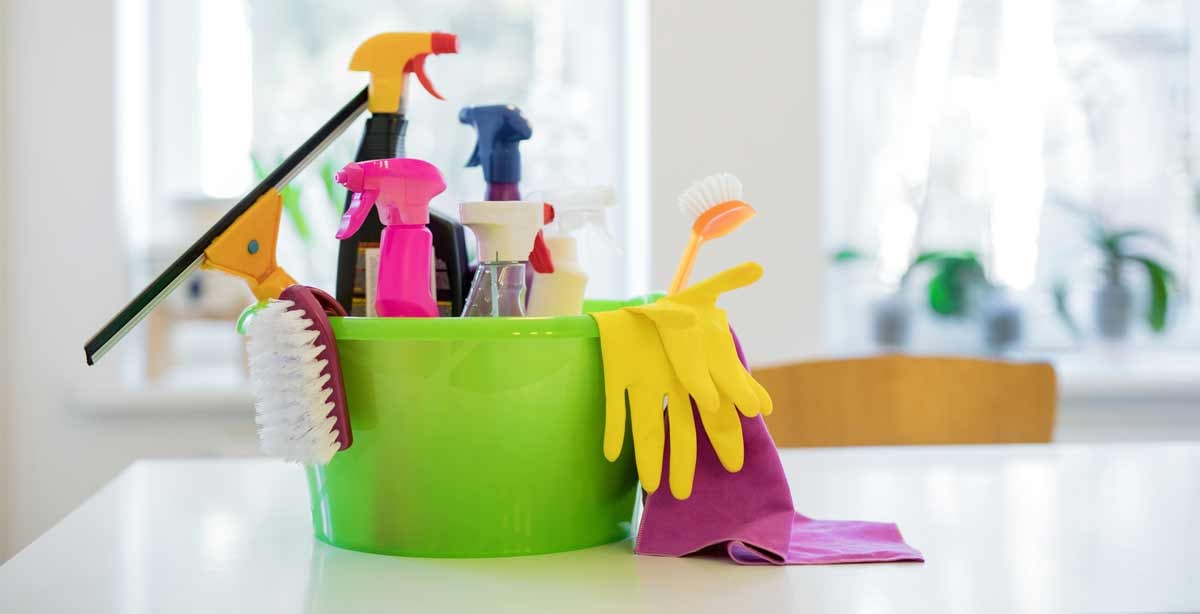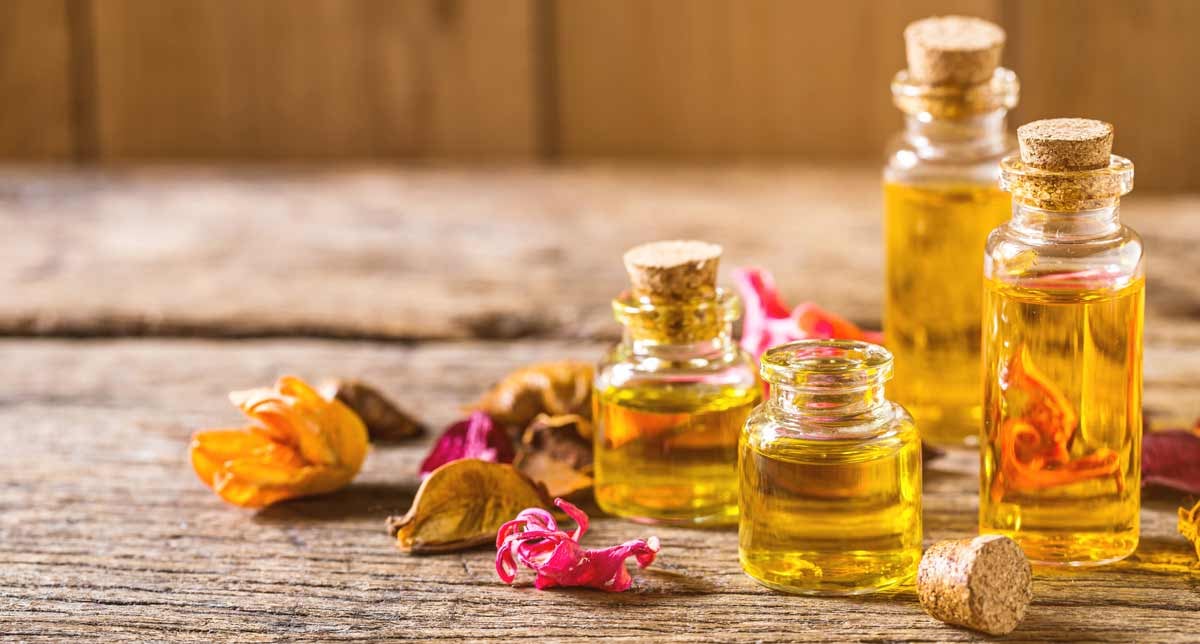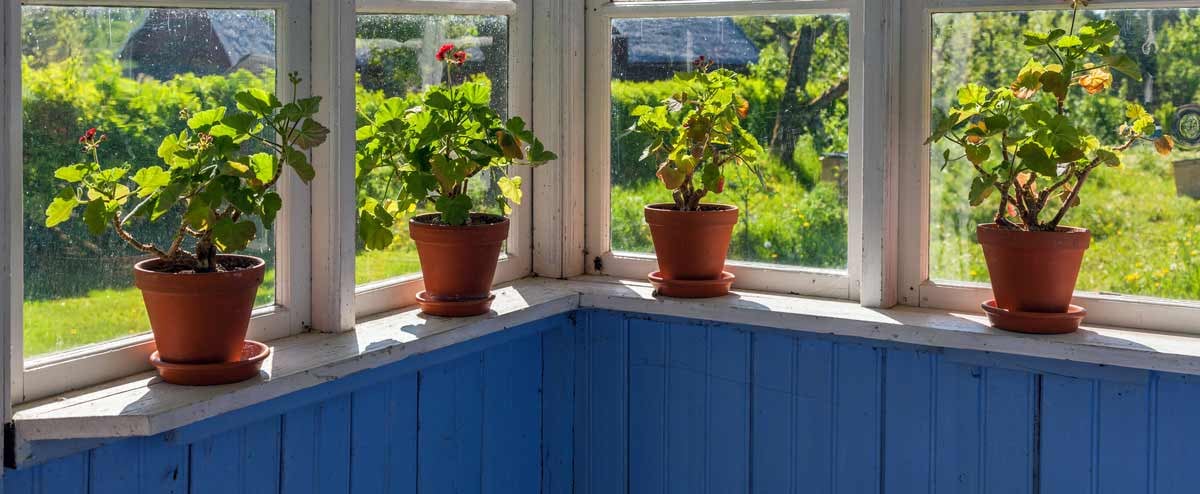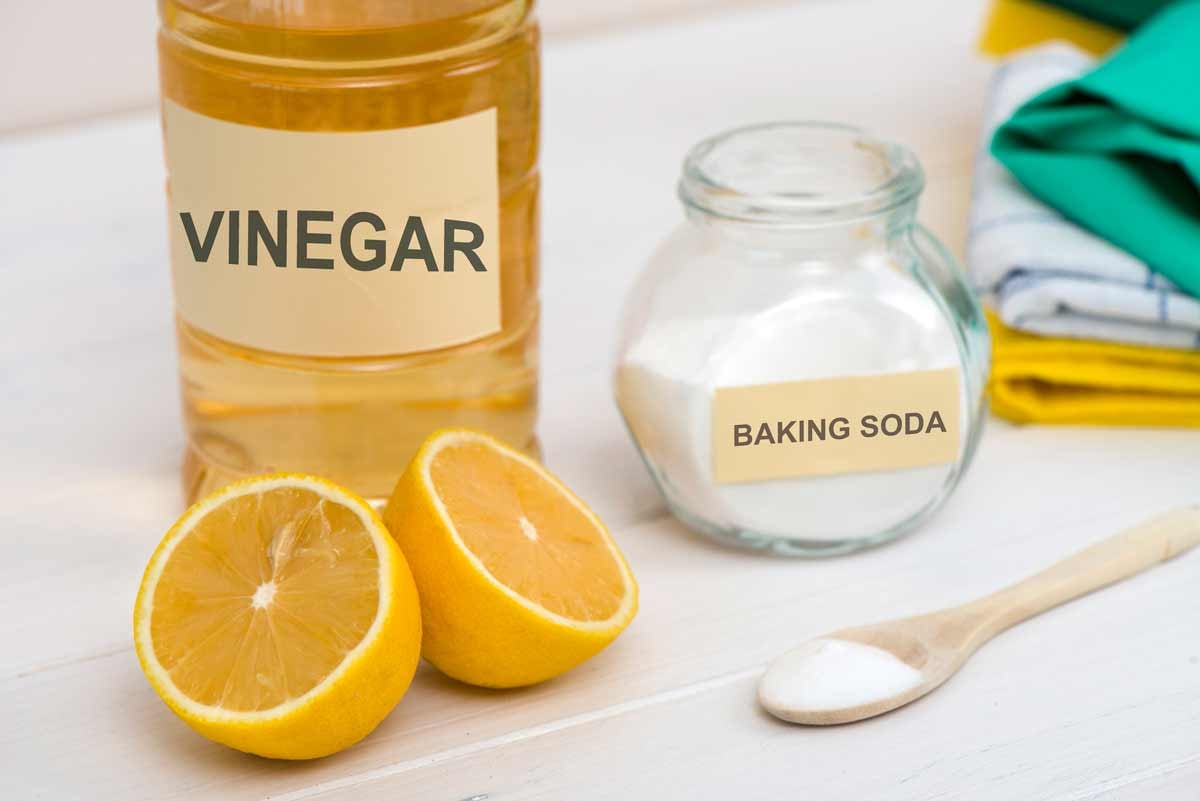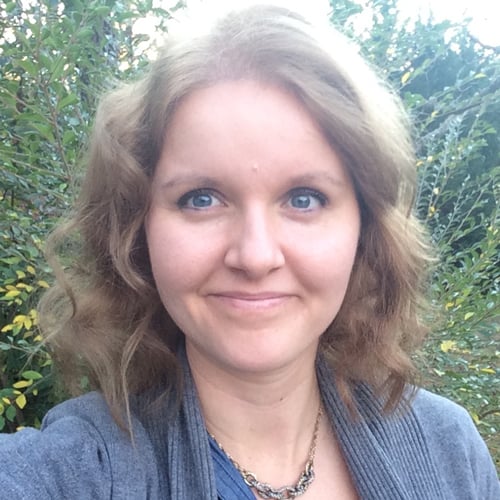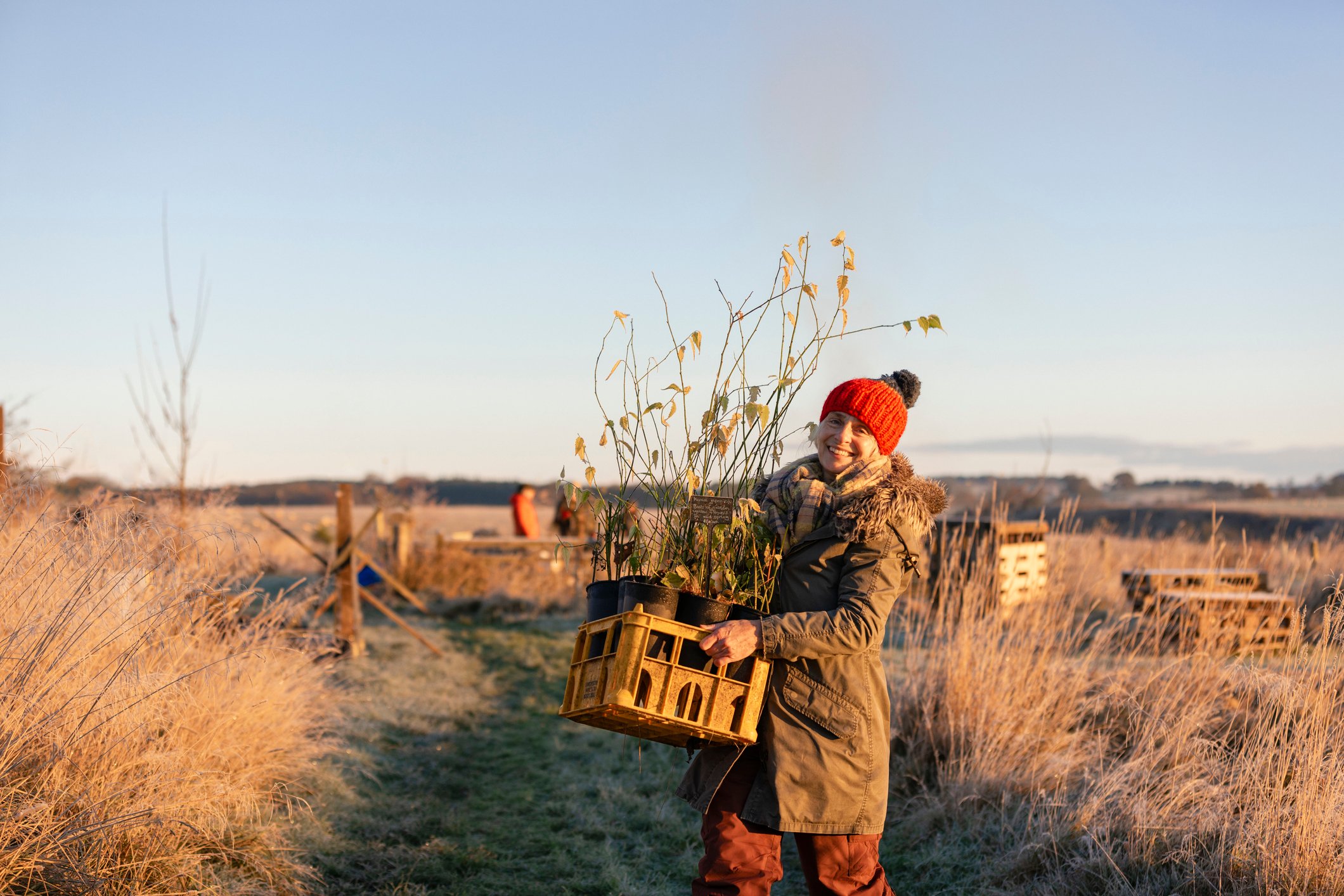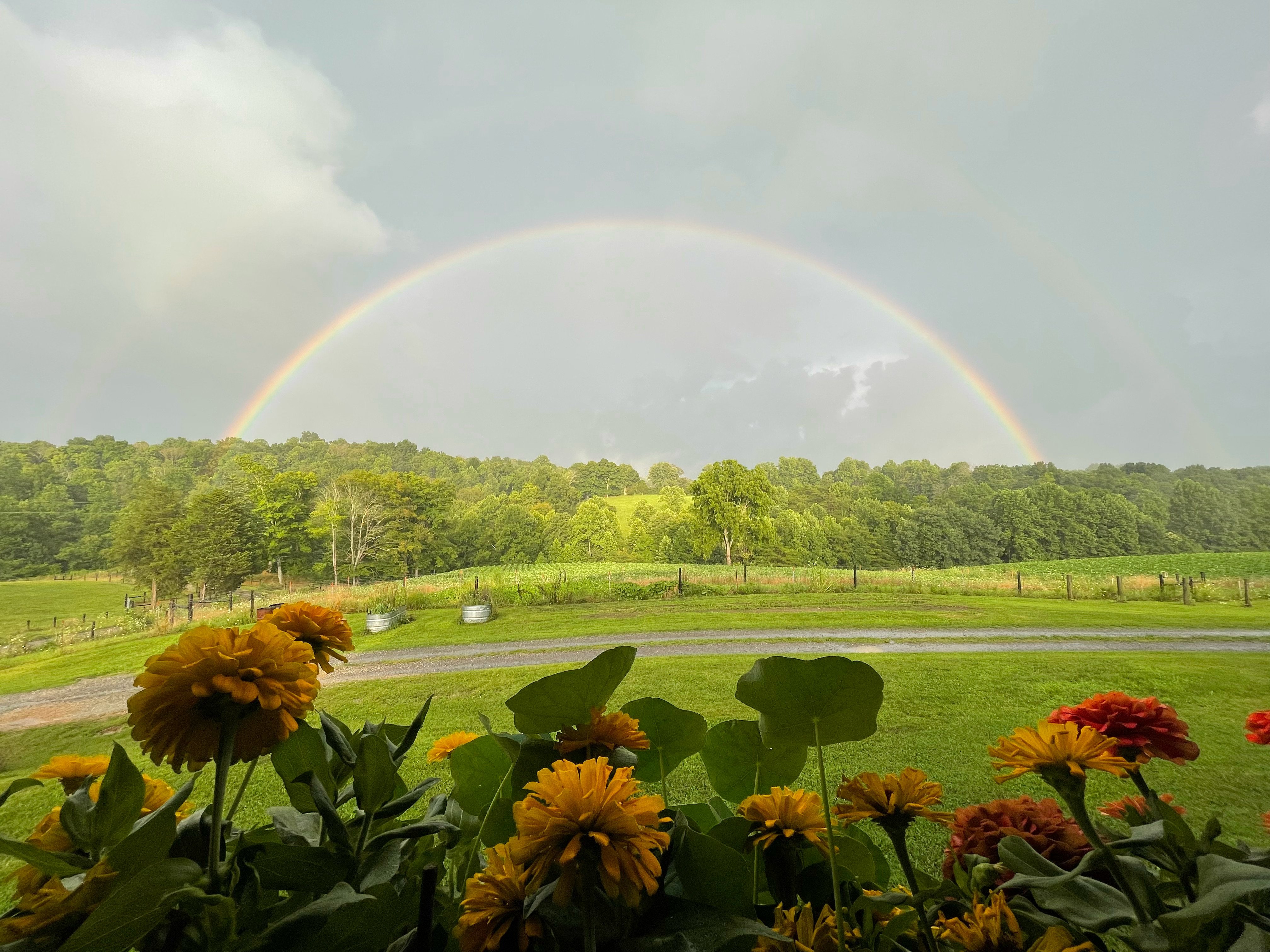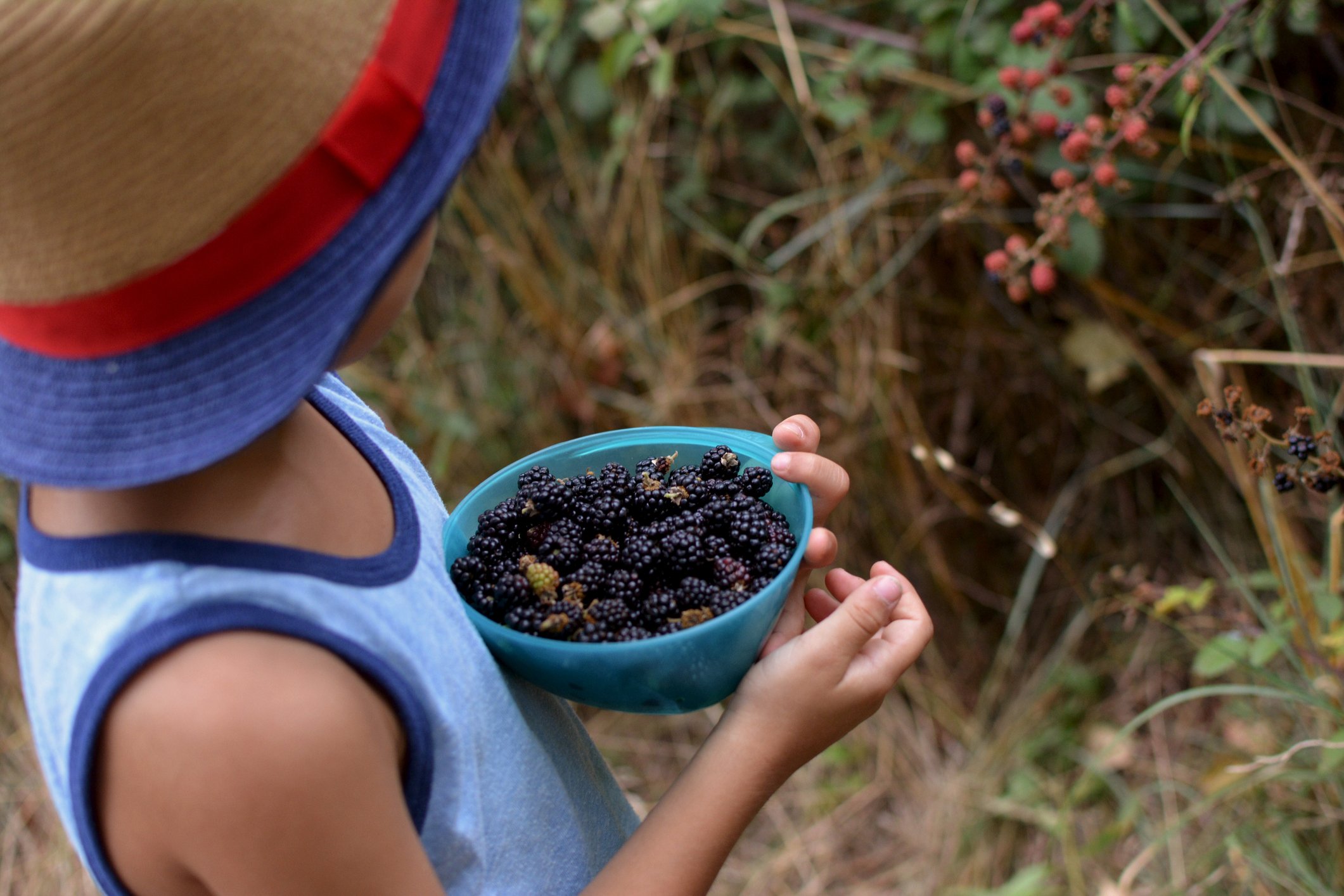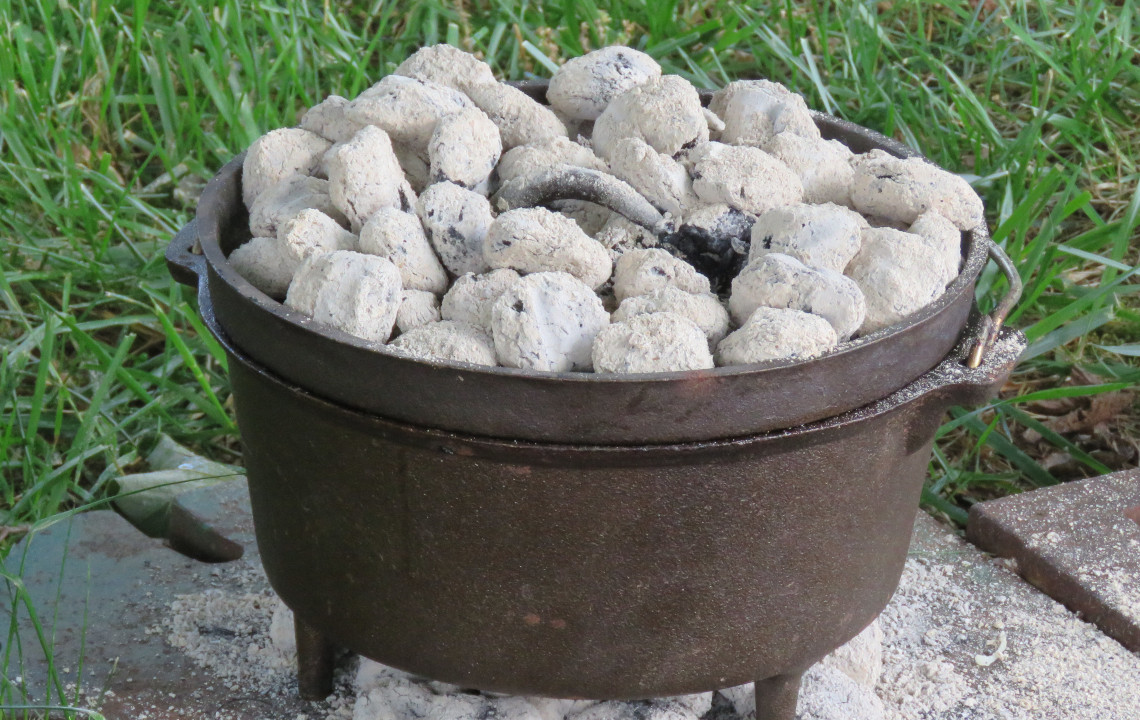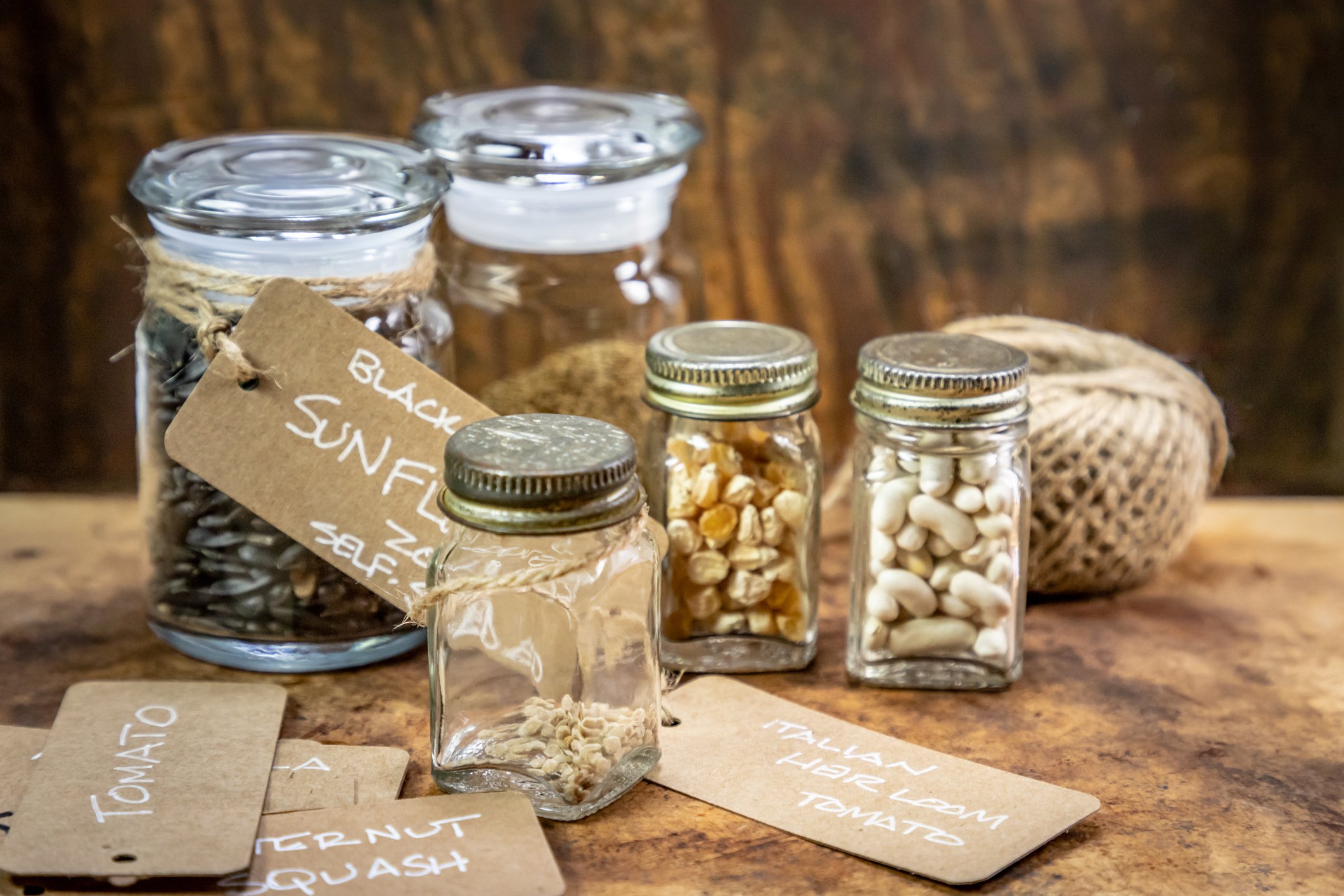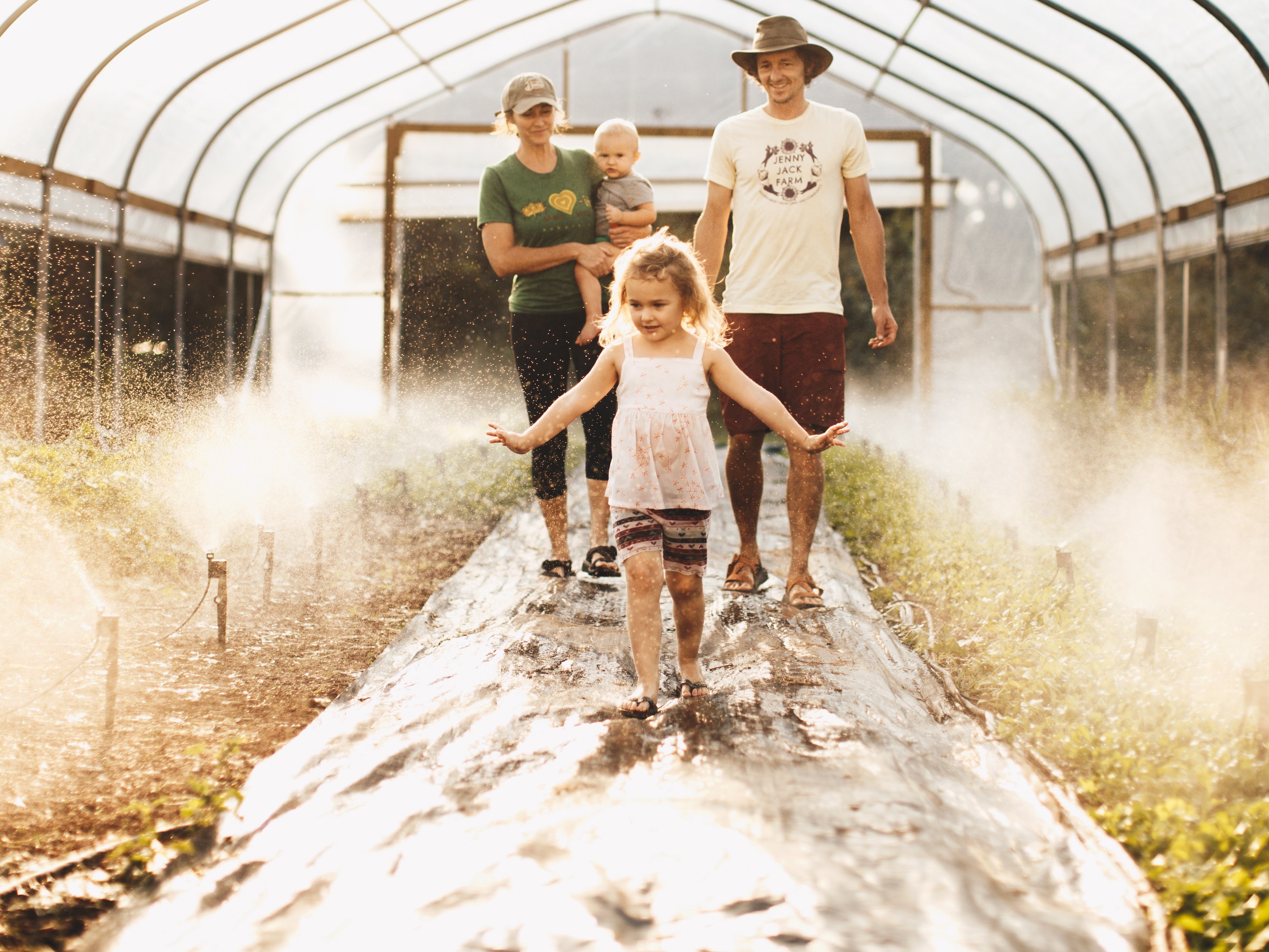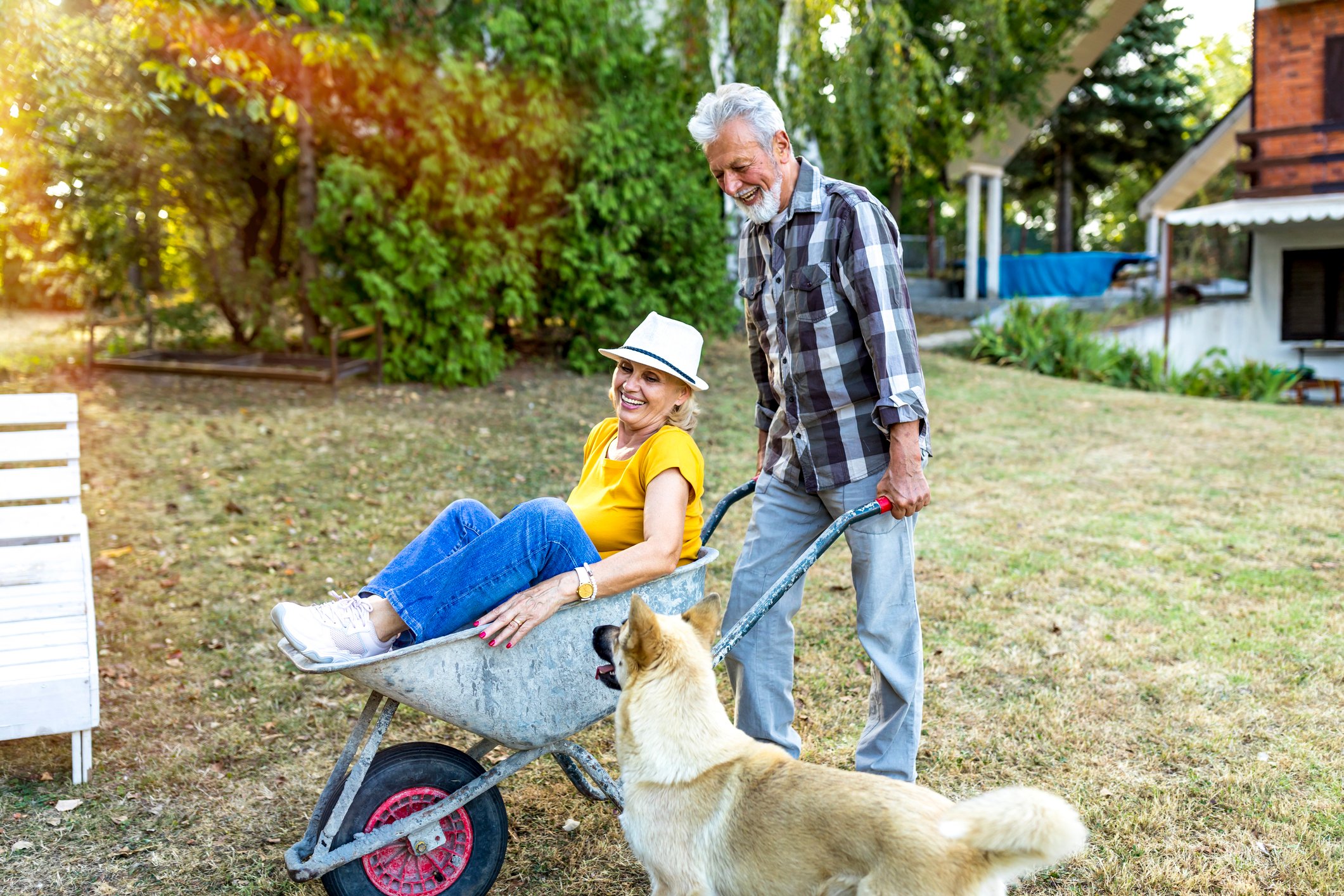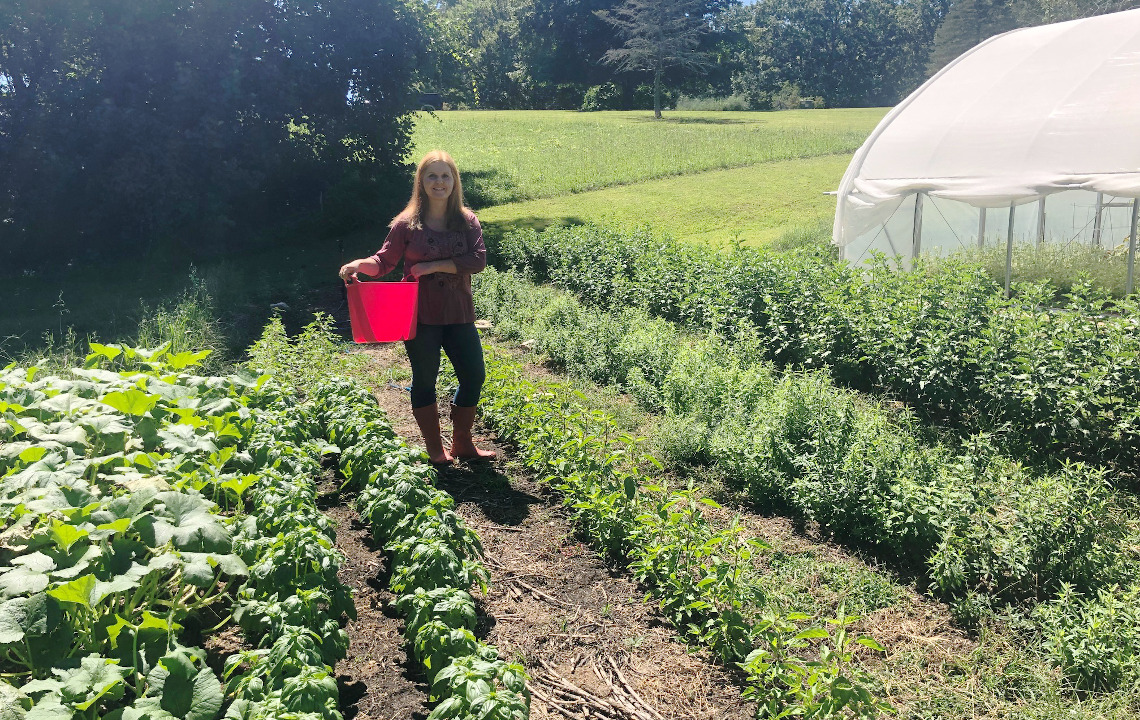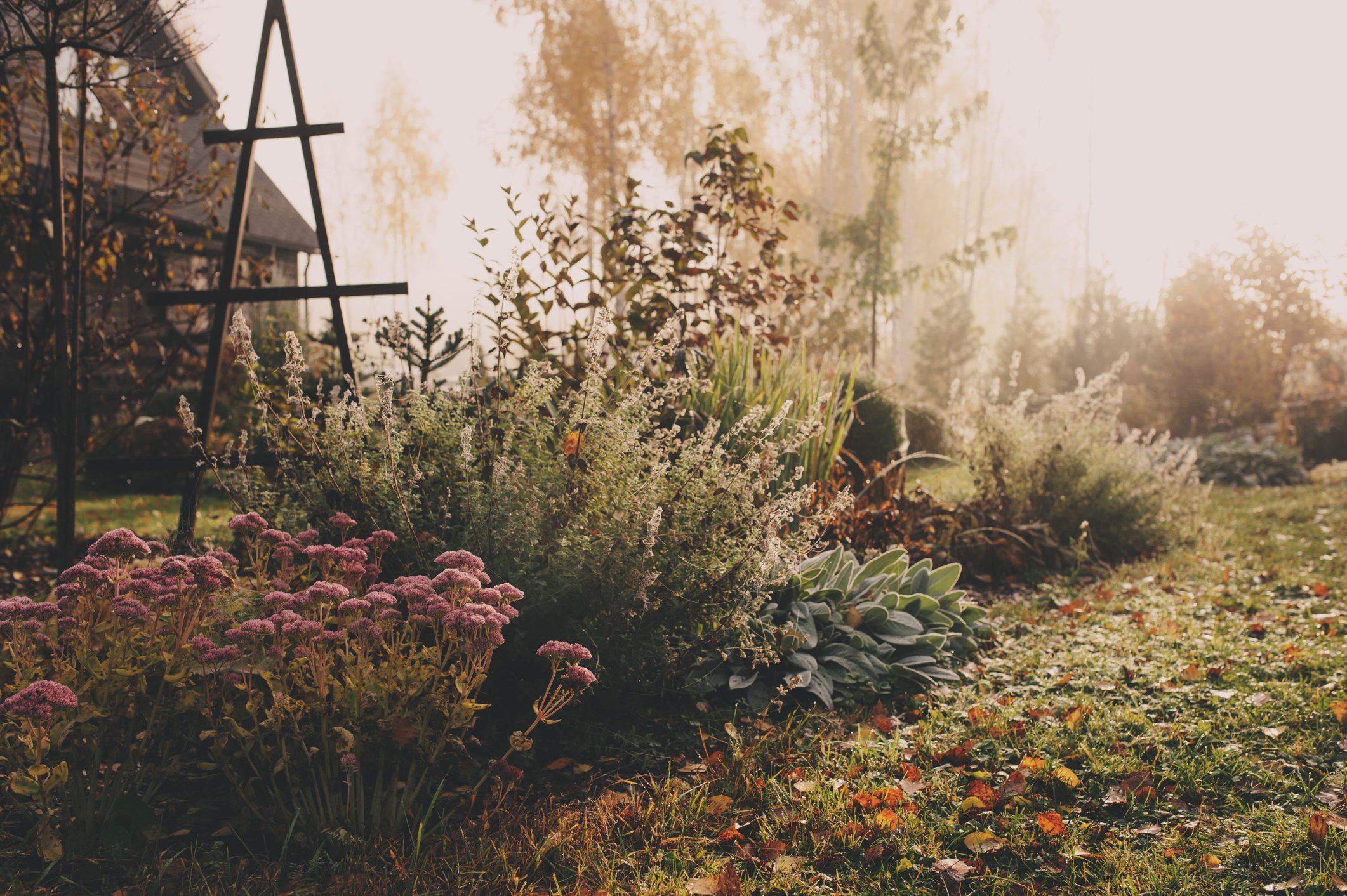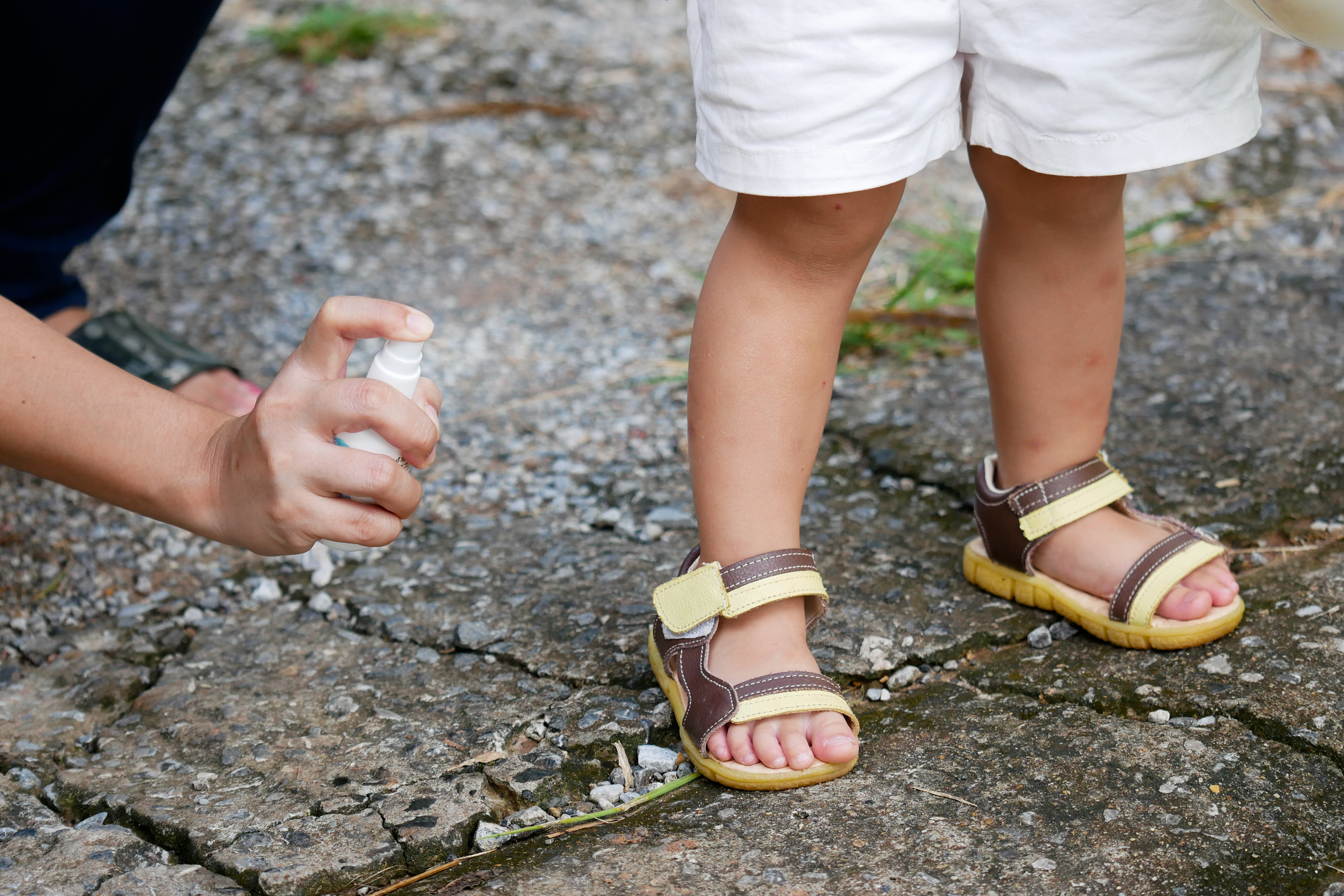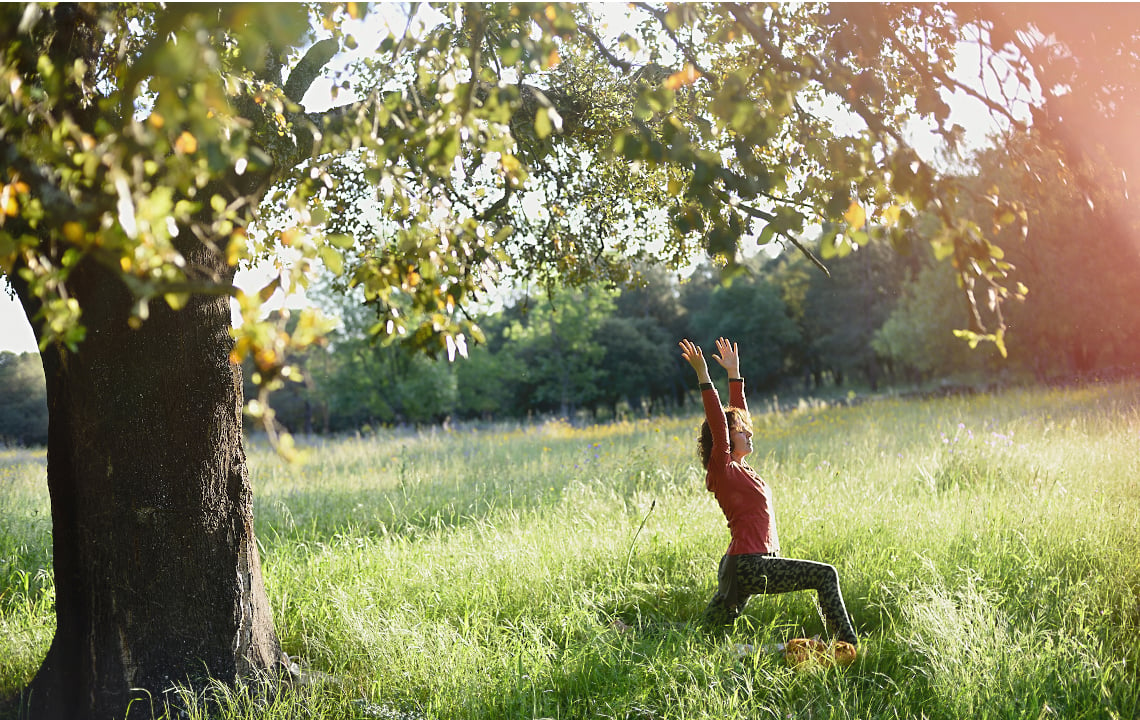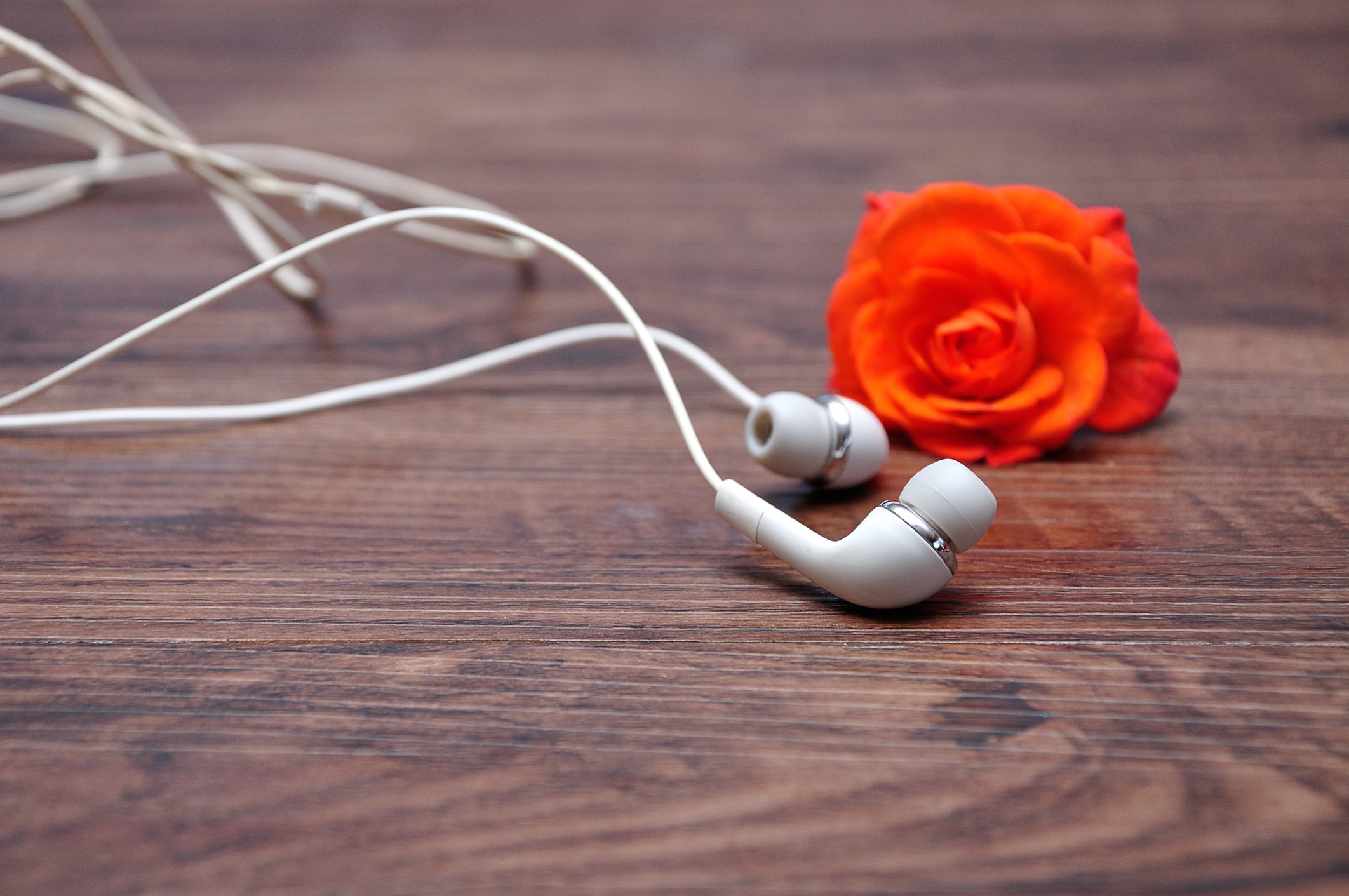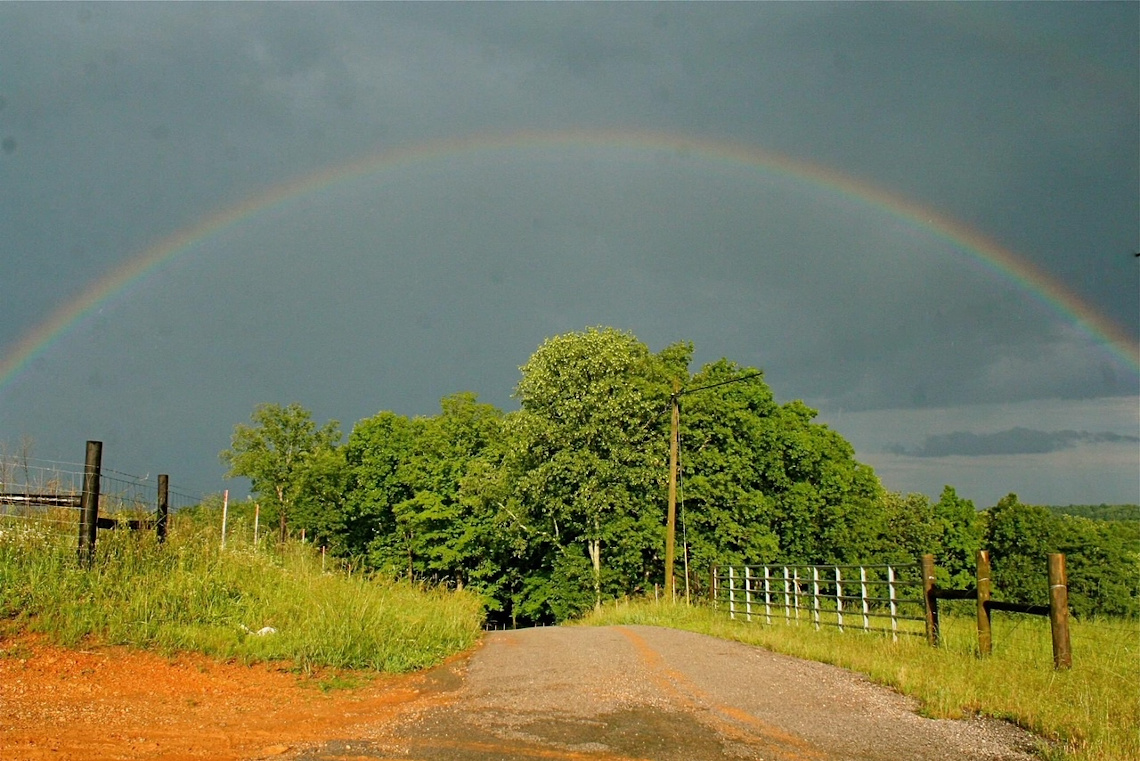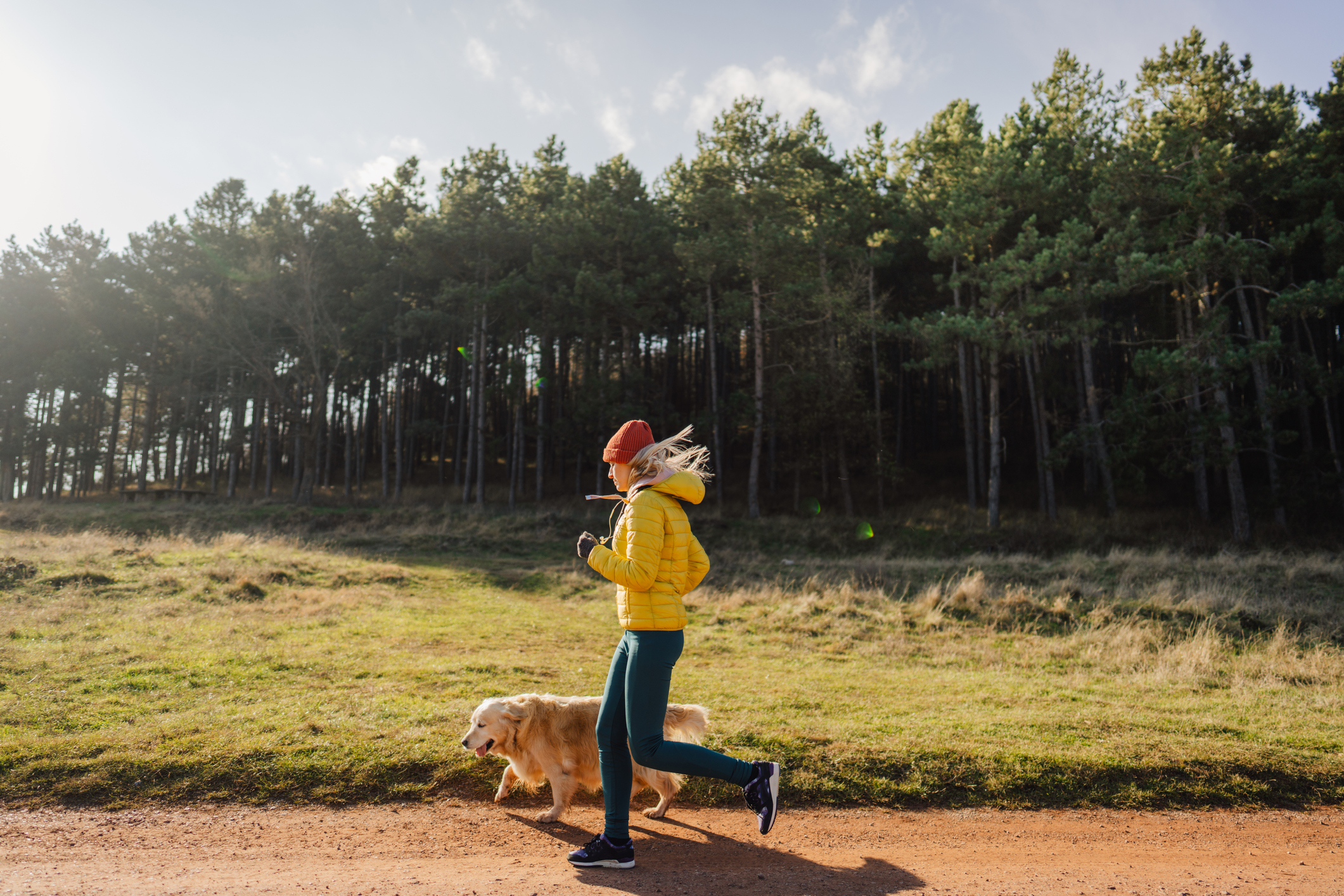The average person spends 90 percent of their time indoors, so it's important to ensure what's inside your house is safe for your body.
When we first started this blog four years ago, we had no idea what a big role health would play in our content.
However, it soon became clear that the majority of our readers value information on the health benefits of rural living.
Benefits such as: clean air, less stress, more opportunity for exercise, peace and quiet, closeness to nature, space to grow and raise your own food, fresh air, sunshine, character-building opportunities for children and much more.
Obviously, easy access to the outdoors facilitates much of this…
…but what about the environment inside your farmhouse, cabin or country dream-home? The air you breathe, the water you drink, the products you use?
Have you ever thought about how that may impact your health?
According to the EPA, indoor air is often significantly worse than outdoor. And with the average American spending at least 90% of their time indoors, this is cause for concern[i].
Health-conscious people are catching on to this, and it’s fueling a new movement called “Ditch and Switch”―the practice of ditching toxic household products in favor of non-toxic household products.
It sounds easy enough…until you visit the store and see the sheer number of “green” and “non-toxic” products to choose from---many of them made by the same companies that manufacture the toxic stuff.
Go online to do some research, and you’ll be bombarded with conflicting information and opinions about what’s toxic and what’s not.
So, Where on Earth Do You Start?!
To get to the bottom of this, we turned to Texas-based environmental consultant, building materials specialist and co-founder of Branch Basics, Marilee Nelson.
Nelson, a certified building biologist and nutritionist, has been helping people reclaim their health by ditching-and-switching toxic household products, building materials and more for the last 30+ years.
She has become a go-to expert for businesses, individuals and families seeking to improve their health through home-based detox—removing harmful products that undermine our health.
She found her way to this career after healing herself and her son from life-threatening illnesses through home and nutritional detoxification.
Nelson was slated for dialysis and a kidney transplant, until she discovered the food-as-medicine movement and completely recovered.
Her son, Douglas, was later diagnosed at age 10 with multiple chemical sensitivities after being exposed to pesticides. His condition was so severe that doctors said he would never recover.
Instead of accepting this prognosis, Nelson began researching the effects of chemicals on the human body and healed her son by removing the harmful chemicals from his food and environment.
Douglas’ recovery was so profound, he went on to serve our country by attending the U.S. Naval Academy, then working in Japan as a Naval Aviation Intelligence Officer.
Today, he is a healthy father of three.
In this article, Nelson offers her expert advice on the most efficient, effective and affordable ways to start truly “cleaning up” the inside of your rural home.
Step 1: Start By Identifying The Worst Chemical Suspects Hiding In Your Home
Nelson recommends all her clients begin their house detox by eliminating the following “worst” products:
-
All pesticides―including bug sprays, lice and bed bug killers, herbicides and insecticides. Look for ingredients with the word “cide” in them to identify pesticides.
-
All harmful cleaning products―including laundry soap and accessories.
-
All synthetic fragrances and fragranced products―including the above, plus air fresheners, candles, scented stationery, diffusers, and any product labeled with “fragrance” or “parfum.” Pure organic essential oils processed without solvents are OK.
Seem like a lot?
It is. But here’s why she says it’s so important to start here:
“If you can believe it, the cleaning industry isn’t required to list ingredients on their label. Yet research has shown that regular exposure to these chemicals is as bad as smoking a pack of cigarettes per day! Just look at the label and you’ll see symbols for poison.
“And they’re insidious. They get into your body through your skin, your clothes, your lungs, and they’ve been linked to reproductive disorders, asthma, birth defects, cancers and more.”
Nelson warns clients to be particularly ruthless in ditching conventional (and even some “green”) laundry products:
“Laundry products are extremely toxic because they contain signature synthetic fragrances. These patented, chemical substances are designed to impregnate and stay in your clothes to continue releasing that “fresh laundry scent”.
“Now, think about it: you wear your clothes 24/7, you wash your sheets and towels in them, so you’re breathing in those chemicals day and night without a break. And during the night is especially bad because that’s when your body is supposed to be repairing itself.”
Step 2: Figure Out Which Suspects Are Truly Toxic
Now that you’ve rounded up your top suspects (pesticides, cleaning and laundry products and fragranced products), it’s time to do some investigating before you start ditching.
This is where the rubber hits the road…and where things can get super confusing for consumers.
Fortunately, Nelson has some simple tools and advice to make sniffing out toxic products quick and easy.
The Tools:
Reading labels on conventional cleaning products are not typically complicated for two reasons:
- There may be no ingredients at all listed on the label!
- A quick scan of a bottle, usually reveals 3 signal words the EPA requires on poisonous products:
- Caution (lethal adult dose is an ounce to more than a pint.
- Warning (lethal adult dose is a teaspoon to a tablespoon)
- Or Danger (lethal adult dose is a few drops to a teaspoon)
Common precautionary statements like: “hazardous waste” or “Eye, Skin, or Lung Irritant” will also be found on the labels of toxic products.
Products with these red flags should be removed from the home.
However, if you’re unsure about a product’s toxicity (such as a self-proclaimed “green” product or personal care product), Nelson recommends the following two resources:
- The Environmental Working Group’s (EWG) Skin Deep Database―Visit https://www.ewg.org/skindeep/ and you can type in ingredients to see their toxicity score.
“EWG rates ingredients on a scale of 1-10, 1 being the least toxic and 10 being the most toxic,” Nelson says. “On this database, we recommend ingredients with a ‘1’ rating.”
EWG also has a variety of helpful articles, guides and content on avoiding toxins in your home, food, building supplies, sunscreen, personal care products and more. - Thinkdirty app―this user-friendly app allows you to scan items at the store using your phone.
It will give you an on-the-spot rating, info on the product and suggestions for cleaner options if it doesn’t measure up.
“On the Thinkdirty app, we recommend products with a ‘0’ rating,” Nelson says.
Educating Yourself About What Products Are Safe
In addition to the tools above, Nelson recommends educating yourself by researching on objective websites not affiliated with a product.
“It’s no longer good enough to just have the term ‘non-toxic’ or ‘green’ on the label,” Nelson says. “Those buzz-words are designed to attract interested customers but may not necessarily have safe ingredients.”
You have to be especially vigilant when choosing non-toxic products.
“It’s not as easy to decipher what’s good and what’s not with ‘green’ products as with conventional, because they don’t have the words ‘caution,’ ‘danger’ and ‘warning’ on the bottle.”
While researching thousands of mysterious ingredients can seem overwhelming, Nelson suggests simplifying the process by looking for the following top 3 toxic ingredients:
The Top 3 Toxic Ingredients to Look For In Household Products
- Synthetic fragrances―Nelson recommends fragrance-free or products with organic or wildcrafted essential oils processed without solvents.*
*Note: if you live in an area with ozone issues, it is wise to avoid citrus and pine-based essential oils as they can react with ozone and cause a reaction. California prop 65 has issued warnings to avoid products with these terpene-containing essential oils. If your area doesn’t have an ozone issue, these oils are safe to use. - Chemical Preservatives―Many household and skincare products contain preservatives from the isothiazolinone family, which are neurotoxic, cause increased seizure susceptibility and are skin irritants. Phenoxyethanol is another one to look for, which causes endocrine disruption and asthma. And benzalkonium chloride has been shown to cause a variety of skin ailments and respiratory issues.
- Surfactants―Found in most common cleaning products, surfactants are what allows cleaners to penetrate and emulsify dirt.
“Not all surfactants are bad. For example, soap was the very first surfactant, and quillaja, soapwort and yucca are also natural surfactants,” Nelson says.
Here are the surfactants you want to watch out for:
• Naturally-derived surfactants
“This is the name many non-toxic companies use on their labels because it means it’s made from a plant-based, not petroleum-based, ingredient,” Nelson says.
“However, they should be called: naturally-derived-synthetic surfactants. Many of these surfactants are very toxic to aquatic life, are skin irritants, and may contain harmful by-products that are known carcinogens, such as 1-4 dioxane and nitrosamines.”
Nelson says the exception is Alkyl glucosides, which go by “deco,” “coco” and “lauryl,” as these are biodegradable, have no harmful by-products, and are the only naturally-derived synthetic surfactants that the EU sanctions for use in skincare and baby care products (the EU has the strictest standards for ingredient safety in the world).
• Petroleum-derived surfactants Found in most conventional cleaning products, some examples include sodium sulfates, ammonium sulfates, sulfosuccinates, benzalkonium, stearalkonium chloride, cetrimonium bromide, trimethyl ammoniums and methyl sulfates.
Step 3: Ditch Those Toxic Products Safely and Legally
After you’ve rounded up your truly toxic products, it’s time to ditch them…but don’t just throw them in the trash!
“It’s amazing, but most of these products are classified as hazardous waste by the EPA---which we’re told can somehow safely be diffused into our air, rinsed down our drains and sprayed on our gardens…but they cannot be put in the garbage,” says Nelson. “It’s crazy!”
For safe disposal of toxic products, Nelson recommends using the website: earth911.com, and popping in your zip code to find the rules for disposal wherever you live.
You can also contact the department of public works for more options.
And for those who have trouble getting rid of things, Nelson warns that opened or even unopened products will still leach hazardous pollutants into your air.
“This is so important to understand, because if you simply start using non-toxic products but keep your old ones around, you’ll still be breathing in those toxic fumes. They must be removed from the home completely.”
Still Can’t Let Go Of Those Old Cleaners? Here’s a Plan B...
Perhaps you can’t find the time to dispose of those toxic products responsibly right now, or you haven’t figured out which clean products to make or buy yet or maybe you just can’t bear the thought of letting some of your most beloved cleaners go.
If so, Nelson has a stress-free plan.
“The sole purpose of complete removal is to immediately change the dynamics of the air quality in your home.
“However, as a plan B you can buy BPA-free, phthalate-free, biocide-free, airtight plastic containers (like these http://www.sterilite.com/general_info.html) to safely store these products in your garage until you can let them go.
“This way, in one sweep, you have improved your air quality instead of doing this piecemeal. Plus, until you have all your replacement products lined up you can always go to the box and use something one by one. It’s far better than storing them inside your home.”
Step 4: Now That You’ve Ditched, It’s Time To Switch!
Now that you’ve gotten rid of (or temporarily stored) your old cleaning products safely, it’s time to restock your home with non-toxic cleaning products that work.
To do this you have two choices:
- Use the tools and resources listed above to purchase truly non-toxic products
- Make your own using simple, inexpensive ingredients from around the house
For thrifty DIYers, Nelson recommends the following ingredients to create your own cleaning supplies:
- Castile soap—Dr. Bronner’s baby, unscented is highly recommended
- Unscented baking soda—For scouring, deodorizing and making scouring creams
- White vinegar*—For surfaces, floors and as an all-purpose cleaner *Note: this ingredient must be used safely because it contains acetic acid, which is a lung irritant. If you have any type of respiratory issue, don’t use it. Nelson recommends using it with good ventilation and clearing the air of all the smell of vinegar before anyone enters the home.
- Vodka or rubbing alcohol—For disinfecting, deodorizing and cleaning mirrors
- Wild-crafted essential oils made without solvents—For diffusing and scenting your natural cleaners
-
Check out the websites: www.wellnessmama.com and www.mommypotamus.com for more DIY recipes
Bonus Tips for Eliminating Household Odors
Since synthetic fragrances are so common (and such a health hazard), Nelson offered the following tips for keeping household odors at bay without resorting to chemical air fresheners:
The first step is to start with the “3Vs”:
- Vacuum—Sprinkle baking soda on your carpet, let it sit 30 min then vacuum it up.
- Ventilate—Copy the Europeans’ habit of opening their windows for 10 minutes in the morning and 10 minutes in the evening to clear the air.
- Vodka—Put inexpensive, unflavored vodka into a spray bottle and use it to mist the air, clothing, etc. Add a pure essential oil if desired.
Additional Air Freshening Tips:
- Add fragrant houseplants to your home such as geraniums, citrus fruit trees that can be grown indoors, or common spices and herbs.
- Diffuse wild-crafted or organic essential oils in a diffuser.
- Place a cotton ball soaked in vanilla extract in a dish to freshen the air.
- Make a natural potpourri by taking 2 cups of water, add a few cinnamon sticks and a tablespoon of cloves, and simmer it on the stove
For Pre-Made Products, Nelson Offered These Tips
If you don’t have the time, desire or patience to make your own cleaning products, there are some select brands that meet all the above requirements for non-toxic.
Nelson recommends using the tools listed above (www.ewg.org and the Thinkdirty app) when shopping for non-toxic products.
She also likes Bon Ami as a non-toxic scouring solution; simple vinegar as a surface cleaner; cheap vodka for deodorizing; and essential oil and steam mops to clean floors.
Nelson also has her own brand of 100% non-toxic cleaning products called Branch Basics.
“Many people have 30-50 cleaning products in their home,” Nelson says, “so we’ve simplified this issue by having just two products that do everything: a concentrate which can replace every single cleaner in your home (including laundry soap), and an oxygen booster that targets stain-removal, brightening and deodorizing. And it’s great for toilets.
“Branch Basics products are fragrance-free, free of harmful surfactants, contain no chemical preservatives and are safe enough for babies and the immune compromised. Plus, they’re as effective as, or even more effective than, toxic products at breaking down oils, grease and grime.”
To Recap Your Ditch and Switch Strategy
-
Step 1: Identify all the chemical suspects in your home (all pesticides, toxic cleaning products and fragrances) using the information, tools and research resources listed above
-
And remember the top 3 ingredients to watch out for: synthetic fragrances, chemical preservatives and most naturally-derived and chemical surfactants)
-
Step 2: Determine which of those suspects are truly toxic/ditch-worthy
- Step 3: Ditch those toxic products responsibly—remember, they are considered hazardous chemicals—using either: www.earth911.com or ask your local Department of Public Works
- Step 4: Switch to non-toxic products
- Either make your own, using the DIY suggestions and resources above
- OR seek out real non-toxic brands using the tools and resources provided
Now you’re more than ready to ditch, switch and create a healthier country home from the inside out.
To learn more about Marliee Nelson, and her company Branch Basics, visit them online at: www.branchbasics.com.
[i] https://www.epa.gov/indoor-air-quality-iaq/inside-story-guide-indoor-air-quality


